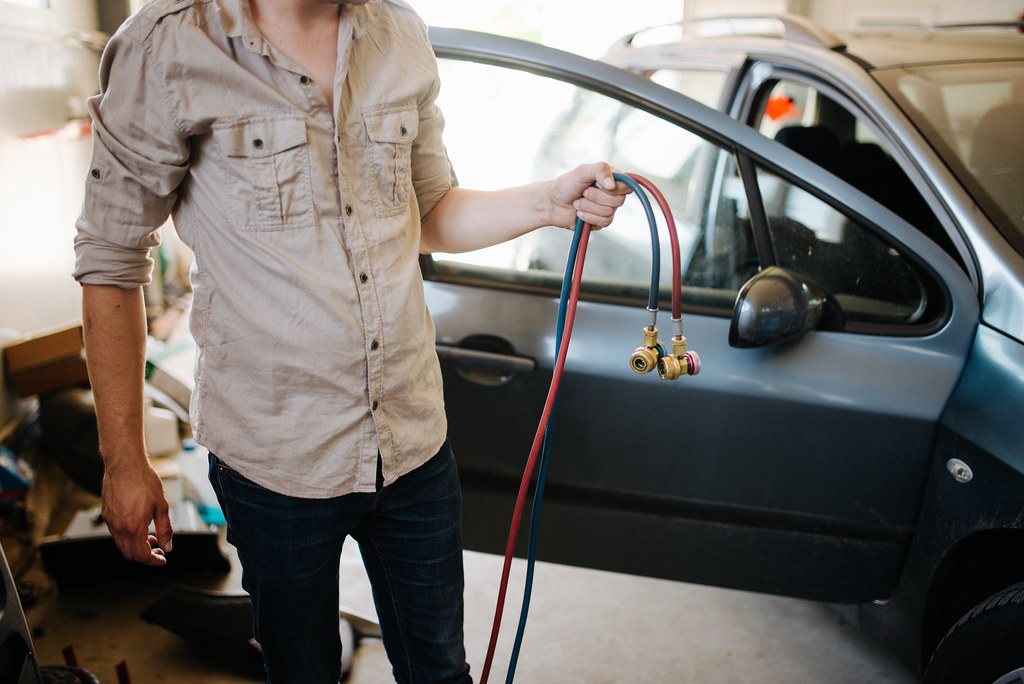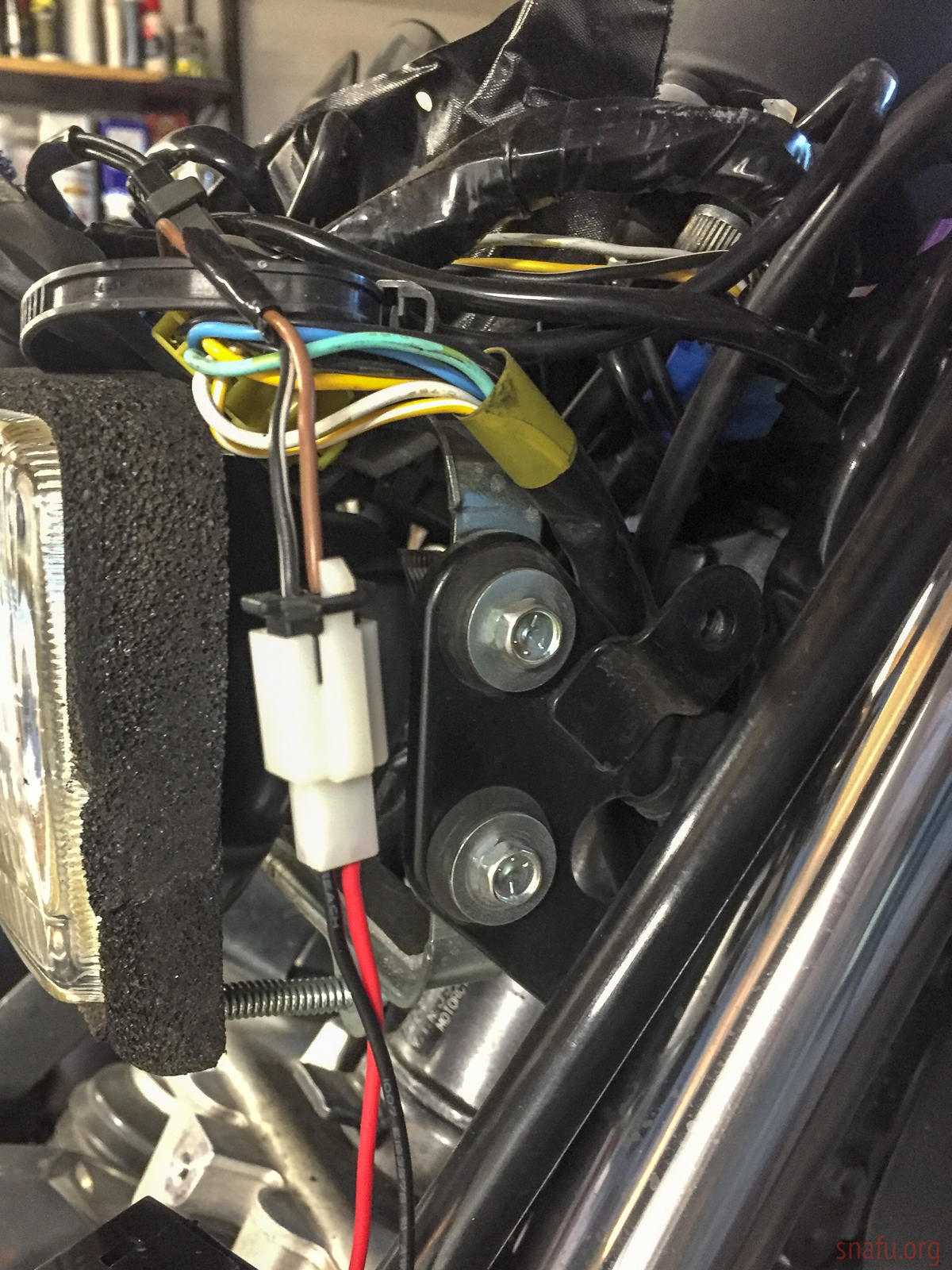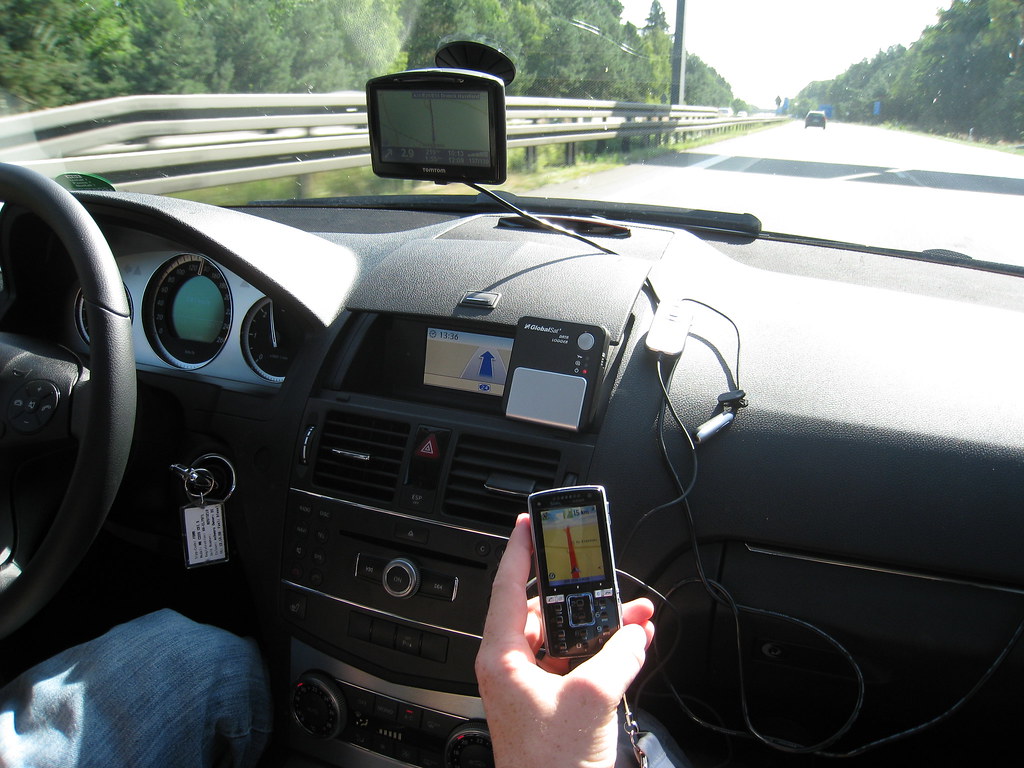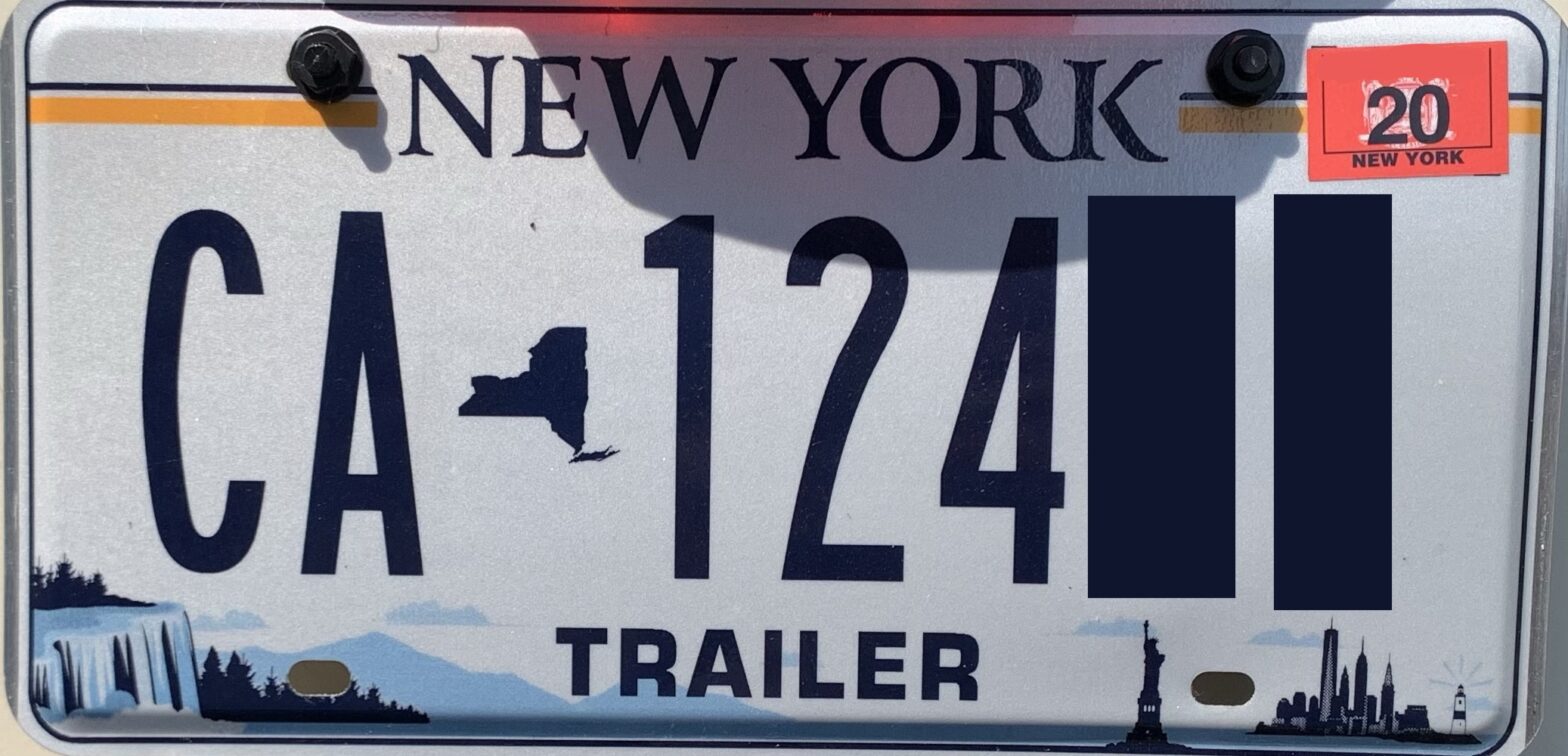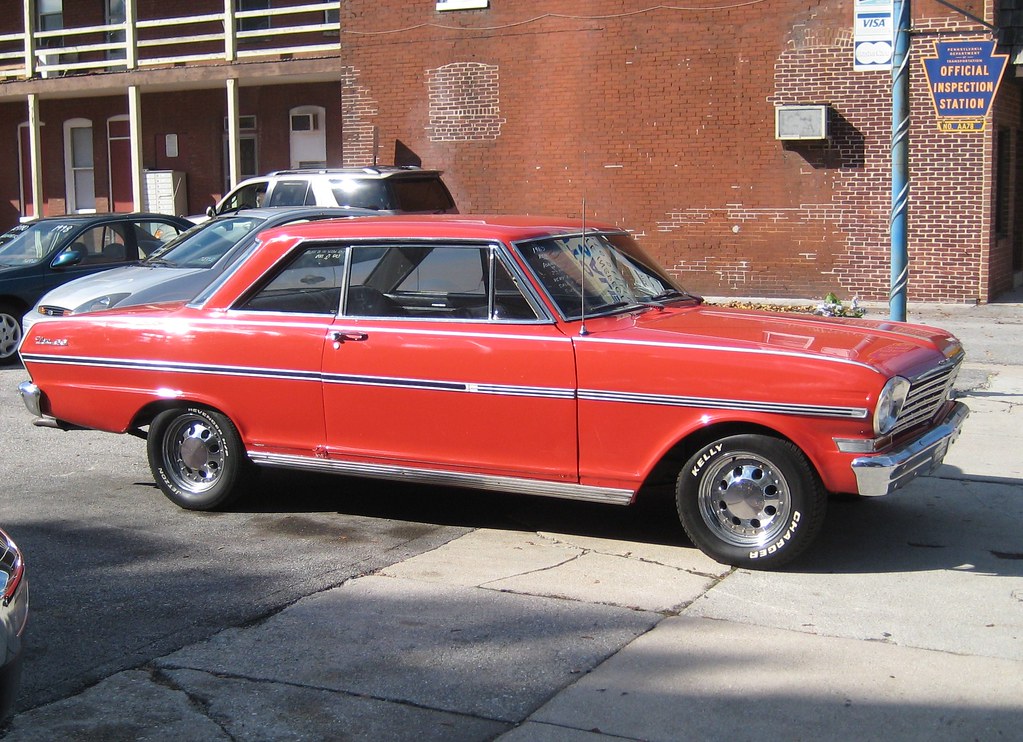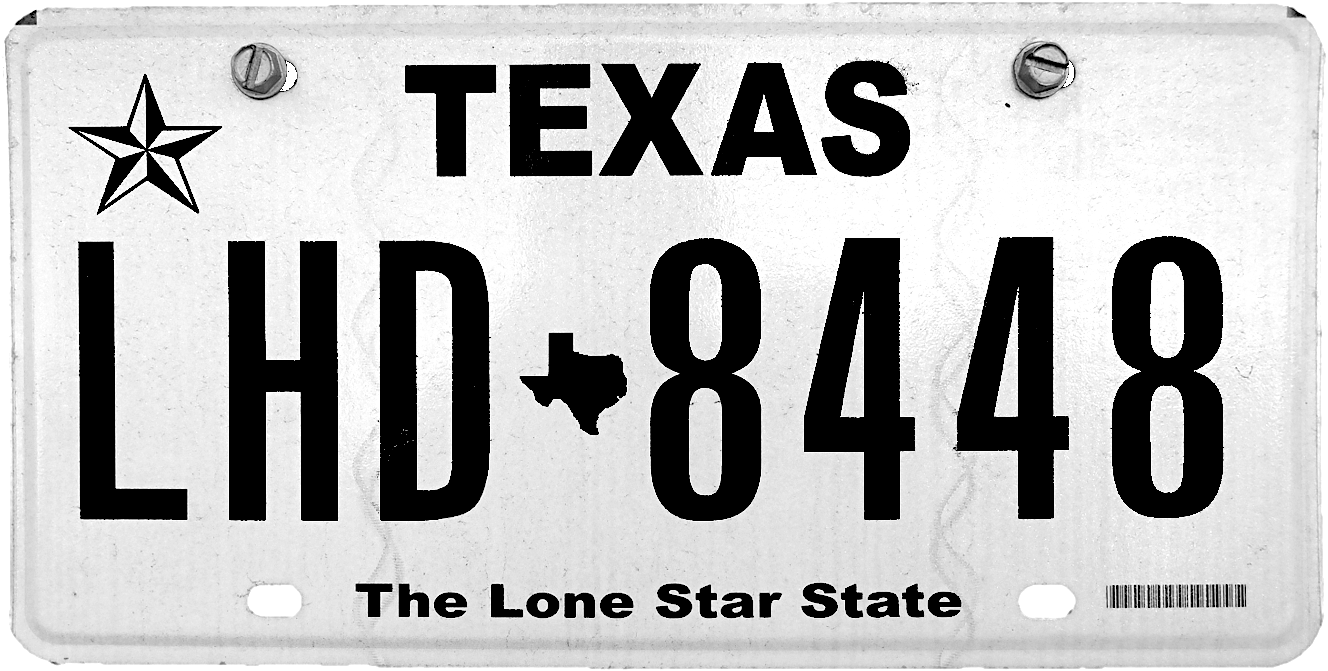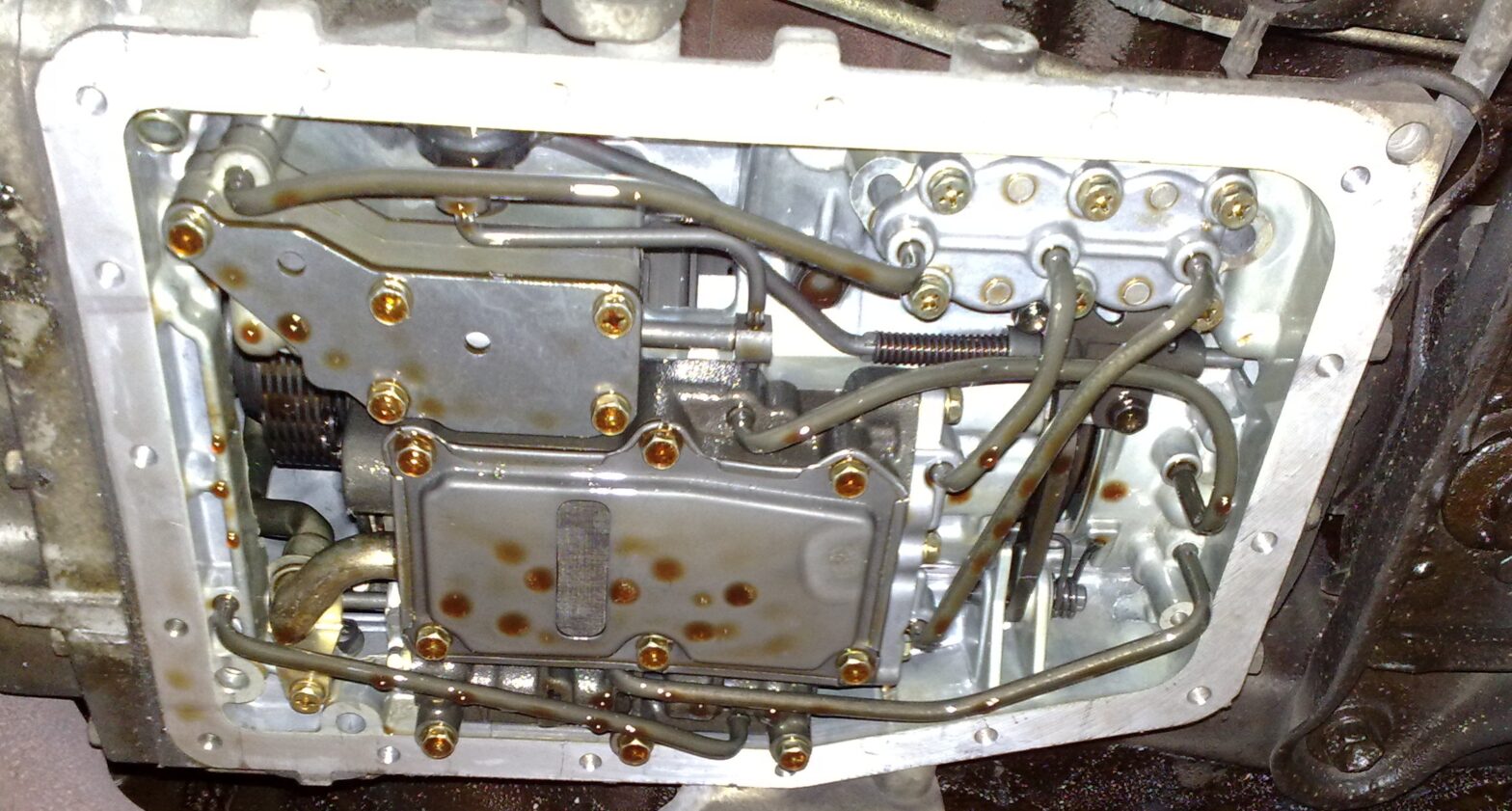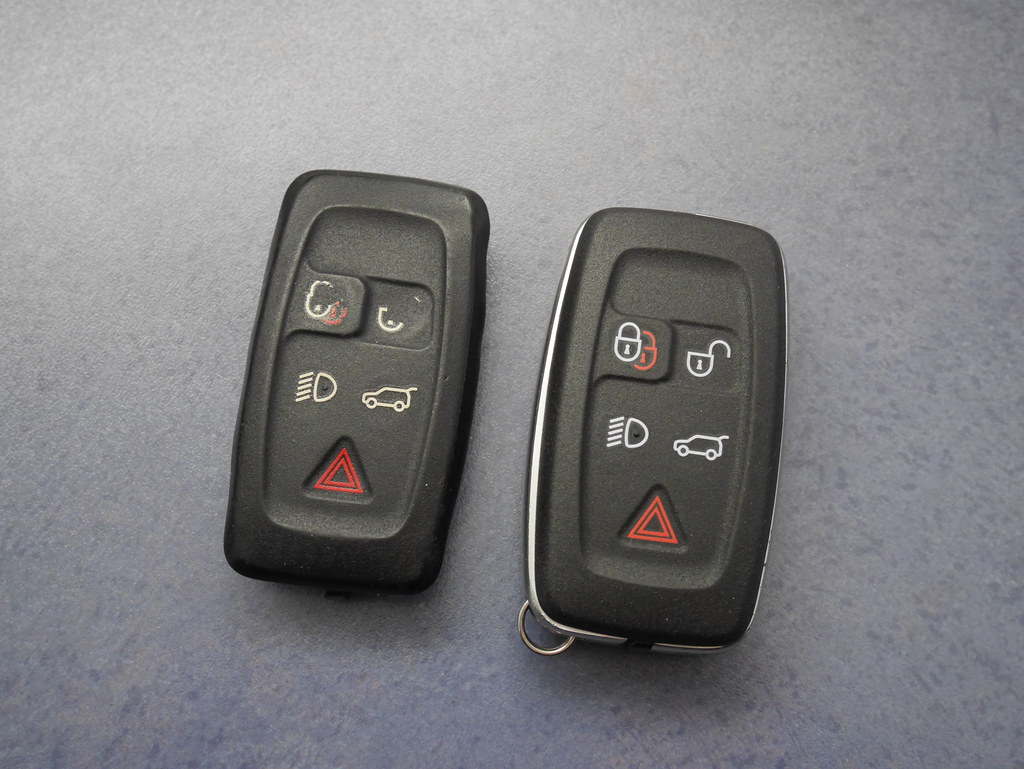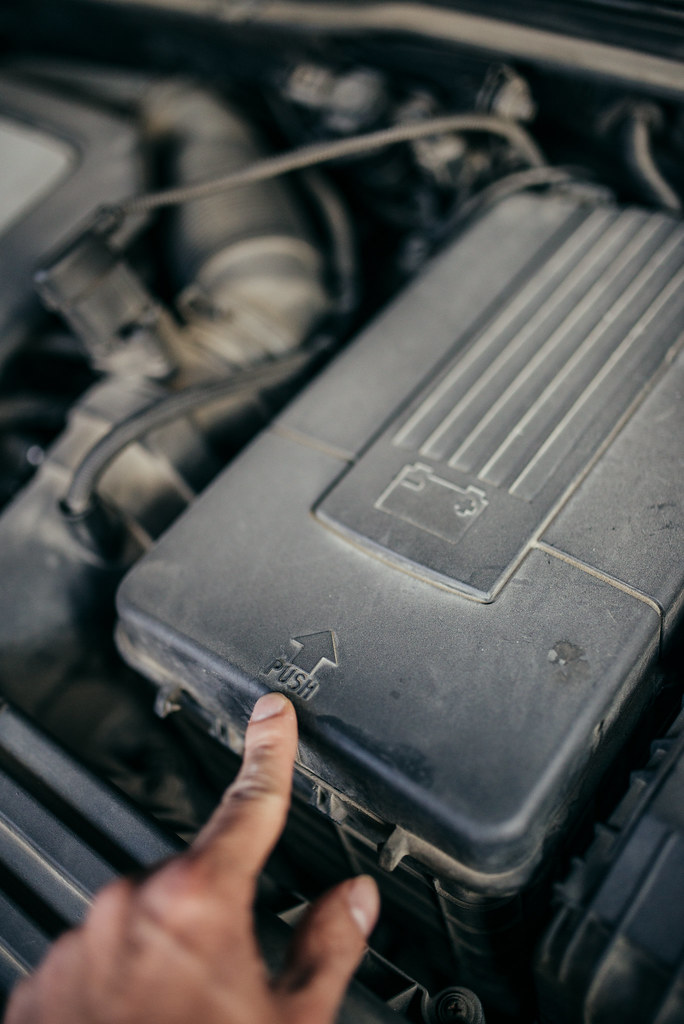1. Introduction
Recharging your car’s air conditioning system is an important step in keeping your vehicle running smoothly and efficiently. Over time, the A/C system can lose its charge due to leaks or other factors. Fortunately, recharging the A/C system is a relatively simple process that most people can do on their own with some basic tools and equipment. In this article, we will explain why it is important to recharge your car’s A/C system, what tools and equipment are necessary for the job, and how to properly recharge the system.
2. Reasons for Recharging Your Car’s A/C System
There are several reasons why it may be necessary to recharge your car’s air conditioning system. The most common reason is a leak in the system, which can cause the refrigerant to slowly escape over time. Other reasons include normal wear and tear on components such as hoses or seals, or simply low refrigerant levels due to age or improper maintenance. Regardless of why you need to recharge your car’s A/C system, it is important that you do so in order to ensure that your vehicle runs properly and efficiently.
3. Necessary Tools and Equipment for Recharging the A/C System
In order to properly recharge your car’s air conditioning system, you will need a few basic tools and supplies: a can of refrigerant (R-134a), an AC manifold gauge set, a vacuum pump, an AC leak detector kit (optional), safety glasses and gloves, and a rag or towel for cleaning up any spills or messes that may occur during the procedure.
4. How to Locate the Low Pressure Port
The first step in recharging your car’s air conditioning system is locating the low pressure port on the vehicle. This port is usually located near the firewall on the passenger side of the engine bay (it may also be located near the condenser). It should have two hoses connected to it – one larger hose going into it from above (high pressure side) and one smaller hose coming out of it from below (low pressure side).
5. How to Connect the Refrigerant Canister to the Low Pressure Port
Once you have located the low pressure port on your vehicle, you can begin connecting your refrigerant canister to it using a special adapter included with most AC manifold gauge sets (check with manufacturer instructions if needed). Make sure that all connections are tight before proceeding further!
6. Adding Refrigerant to the A/C System
Once all connections have been made securely, you can begin adding refrigerant into your car’s air conditioning system by following manufacturer instructions included with your AC manifold gauge set (or those found online). It is important not to overfill – only add enough until pressure readings reach their optimal levels as indicated in manufacturer instructions!
7. Checking The A/C System For Leaks
Before finalizing any work done on your car’s air conditioning system, it is essential that you check for any possible leaks using an AC leak detector kit (if available). If no leaks are detected then proceed with final steps as outlined below!
8. Final Steps After Recharging Your Car’s A/C System
After recharging has been completed successfully without any leaks detected then there are just a few more steps left before being able turn on your vehicle’s air conditioner again: double-check all connections for tightness; clean up any spills or messes; replace access panel if removed; check coolant level; start engine; turn on air conditioner; enjoy cool comfort!
9 Conclusion
Recharging your car’s air conditioning system is an important step in ensuring that your vehicle runs smoothly and efficiently throughout its lifetime – but don’t worry – this process isn’t complicated at all! With some basic tools & equipment plus following simple instructions provided here today – anyone can achieve successful results when recharging their own personal vehicles’ AC systems!
Recharge Your Car’s Air Conditioning: A Step-by-Step Guide to Refreshing Cool Air!
Can I recharge my car AC myself?
Refrigerant can slowly drain out of your cars air conditioning system over time but recharging the system and blowing cool air again is a simple DIY job that doesnt take long.
How much does it cost to recharge AC in car?
between $150 to $300
How much does it cost to recharge the air conditioning in your car? On average, it can cost you anywhere between $150 to $300 if you get it changed professionally. However, if you choose the DIY route, the car AC recharge kit will cost you $40 to 50.
Can AutoZone recharge my AC?
When its time to charge the AC go to AutoZone. We offer Refrigerant R134a AC Purification System Stop Leaks AC PAGoil and more.
Can I recharge my car AC myself UK?
You can easily reset your cars air conditioning system. All you need is proper eye protection a refrigerant filling kit and some basic practical knowledge and now especially if you dont have the appropriate certificate to handle refrigerant its illegal to do it yourself.
How much does it cost to recharge air conditioner in car UK?
Most road vehicles in the UK use one of two types of refrigerant R134A and R1234YF. If your air conditioner requires R134A gas it costs £6495 to fill it up. The charge for vehicles requiring R1234YF gas is £12995.
Should I recharge my AC myself?
If your air conditioning system requires refrigerant consult a professional heating and cooling technician. According to EPA regulations only certified professionals should refill a homes HVAC system. Even if you have a home AC charger kit you shouldnt try to charge the AC yourself.
